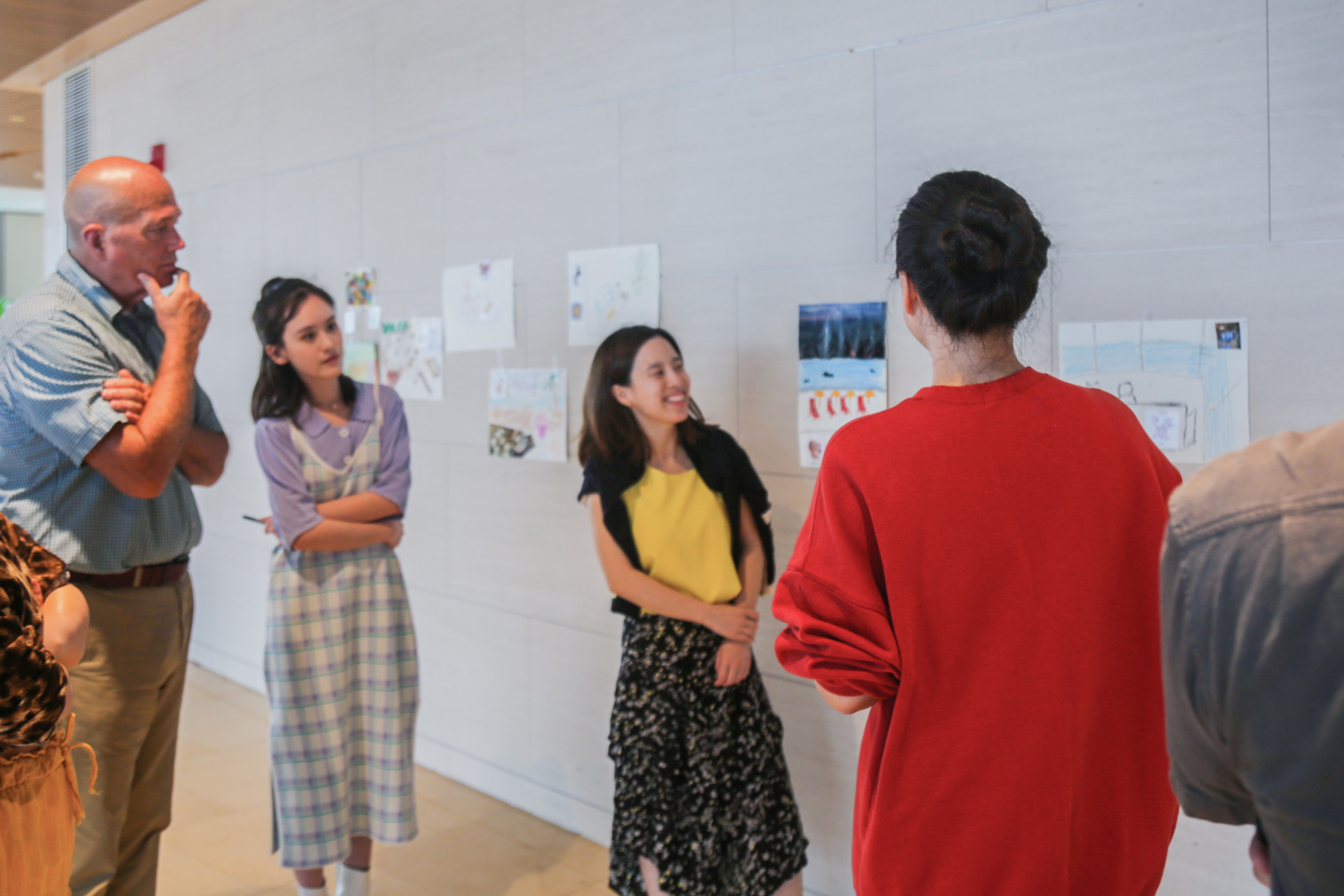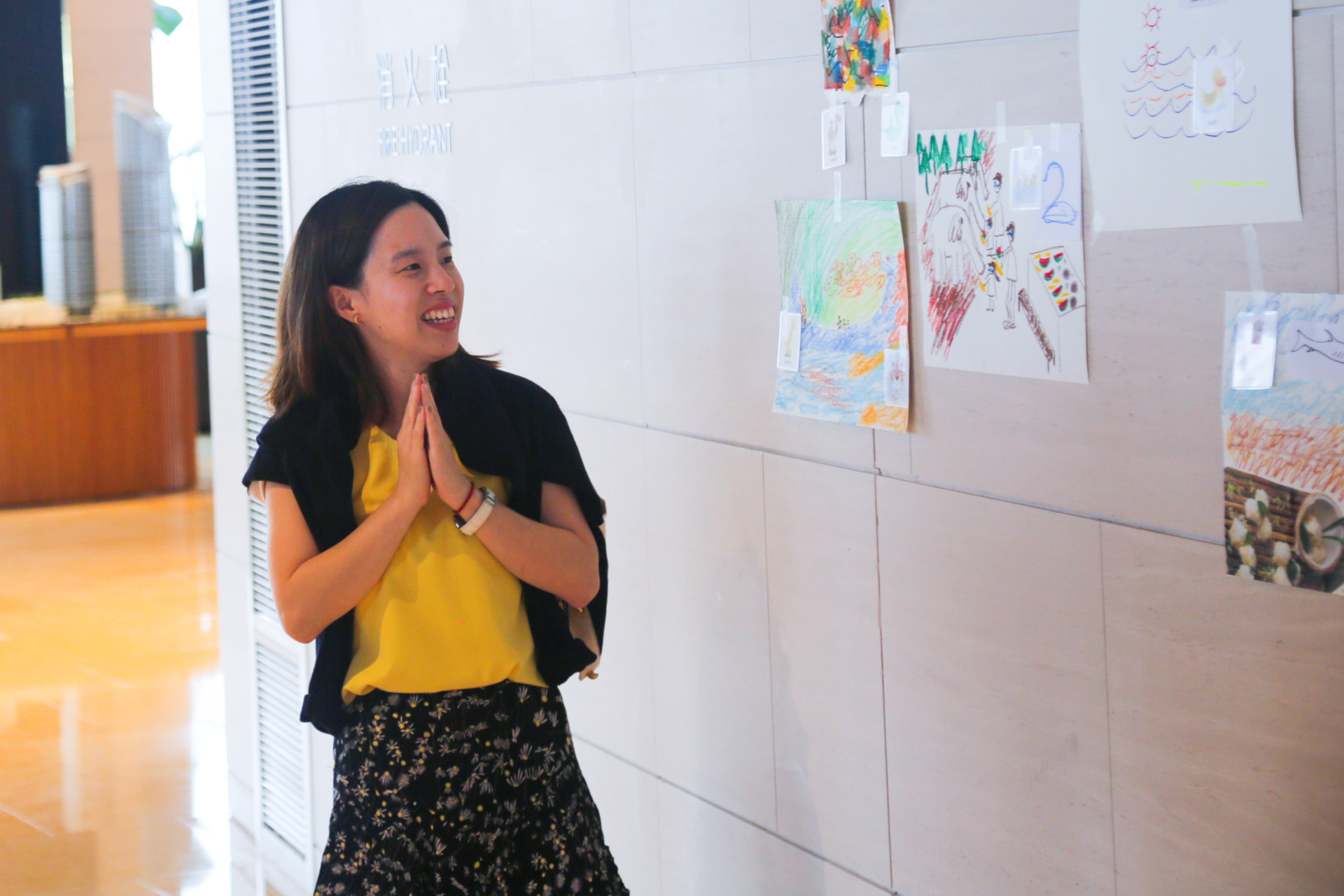Art Therapy: When Words are Not Enough…

Have you ever experienced a situation in which you can’t find the words to express your feelings?
Do you find it hard to share difficult emotions with your friends, colleagues, or families?
Is your child unable or afraid to speak about difficult events or emotions?
Art therapy, a hybrid practice largely influenced by the disciplines of art and psychology, has been applied since the 1950s and is widely recognized as an important tool for assessment, communication, and treatment of children and adults. Although contemporary art therapy is a fairly new practice, art has been used since the beginning of human history as a medium for communicating thoughts and ideas (e.g., cave painting).

What is art therapy?
-
It is a form of expressive therapy that uses the creative process of making art to improve a person’s physical, mental, and emotional well-being.
-
Art therapists use the process of self-expression and the resulting artwork to help people understand emotional conflicts, develop self-awareness, manage behaviors, reduce stress, improve social skills, and raise self-esteem.
-
It is an alternative intervention that empowers individuals and builds resilience.
-
It has to be delivered by a registered or internationally recognized Art Therapist.

Who can benefit from art therapy?
-
Anyone from children, adolescents, and adults to the elderly. The therapy can be individual, couple-based, or family-based.
-
Anyone who is experiencing developmental, educational, social, psychological, or medical challenges.
-
Anyone who wishes to improve their stress management, emotion management, or develop coping skills.
-
Anyone who is interested in personal development.

Do I or my child need to be talented to benefit from art therapy?
-
Absolutely not!
-
Art therapy focuses on the process of making art and self-expression, rather than the aesthetic standards of art.
-
We all used to draw when we were young; we just forgot that we can draw.

Do I or my child have to draw?
-
Of course not.
-
The creative process can involve a large variety of mediums. For example, drawing, painting, clay, collage, and photography are all forms that can be used. Even digital forms can be used nowadays!

My child likes coloring. Is that considered art therapy?
-
Coloring can help people reduce stress, but it is not considered “art therapy” because it doesn’t involve a therapeutic relationship between the client and their therapist. Coloring is better understood as “art as healing”.
-
Art therapy is more than “just arts and crafts”. Art created within the context of a therapeutic relationship is intended to help people not only engage in self-exploration but also in purposeful meaning-making through specific art creation.

Why should I or my child use art therapy?
-
Non-Verbal. Art therapy is a form of non-verbal communication. It can bypass human defense mechanisms to allow the expression of true feelings and thoughts. It is particularly helpful for children or people who lack adequate language skills or have trouble expressing themselves verbally.
-
Sensory-Based. Art therapy is a sensory-based approach that allows people to communicate on multiple levels – visual, tactile, kinesthetic, and more – and to not only be heard (talk), but also be seen via images (art). It also promotes hand-eye coordination.
-
Whole Brain Therapy. Art therapy engages both the right and left hemispheres of the brain. It can bypass the logical domination of the left brain and promote the use and development of the right brain to help us achieve psychological balance.
-
Inner Experience. Art therapy can allow individuals to gain access to their subconscious. Such inner experiences can help them find meaning in their life and acquire insight into their mental blocks.
-
Safe Place. Some people find it hard to talk about their feelings. Art therapy provides a safe place for people to express themselves. There is no “right” or “wrong” in art, in the same way, that all our emotions are valid.
-
Fun. It is fun and reflective to make art!
What is the First Step?
When you contact us, an Intake Specialist will discuss your needs and concerns with you over the phone. They will then consult with our team of specialists to match you with the most suitable professional to support you or your child.
If art therapy is deemed the best match, you will then meet with the specialist(s) for an intake meeting, during which they will work with you to determine the most appropriate next steps. For children, the intake meeting usually involves a parent interview, an observation of your child, or a screening activity with your child.
